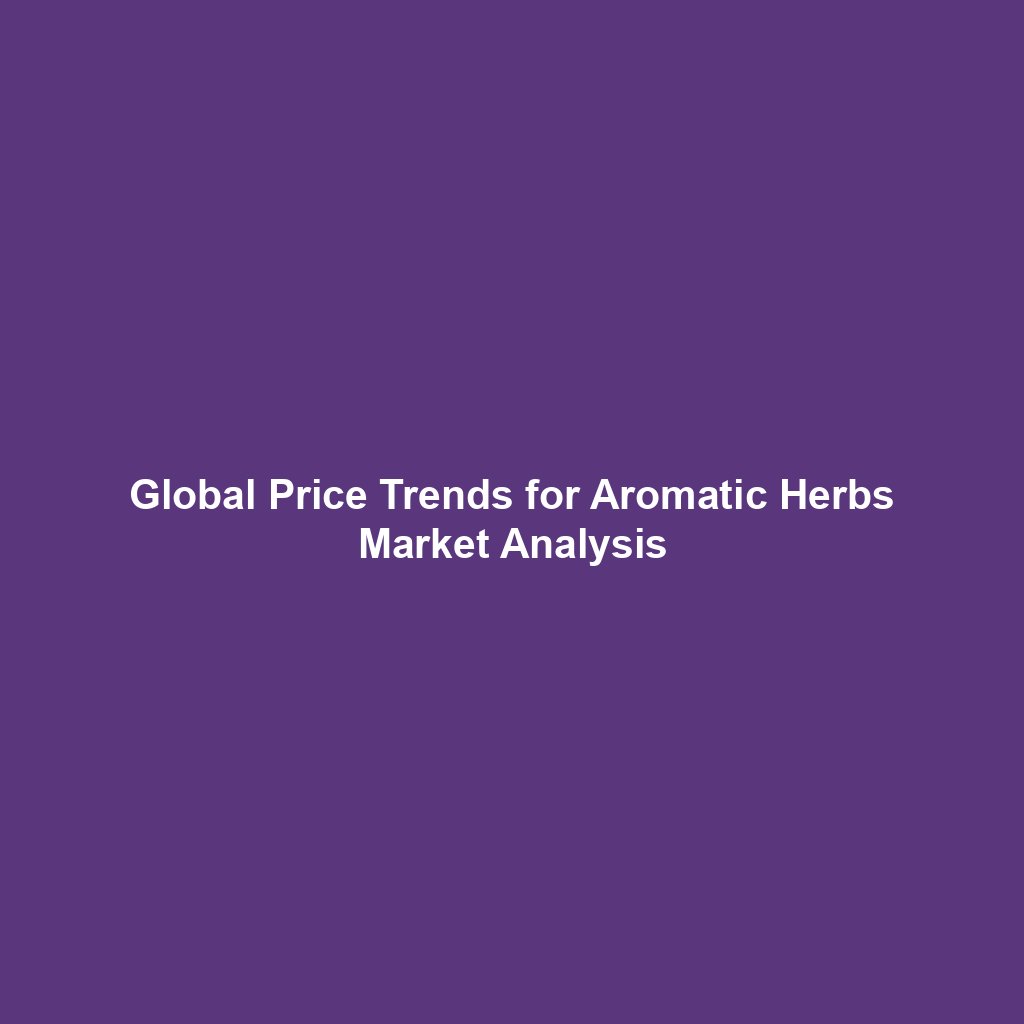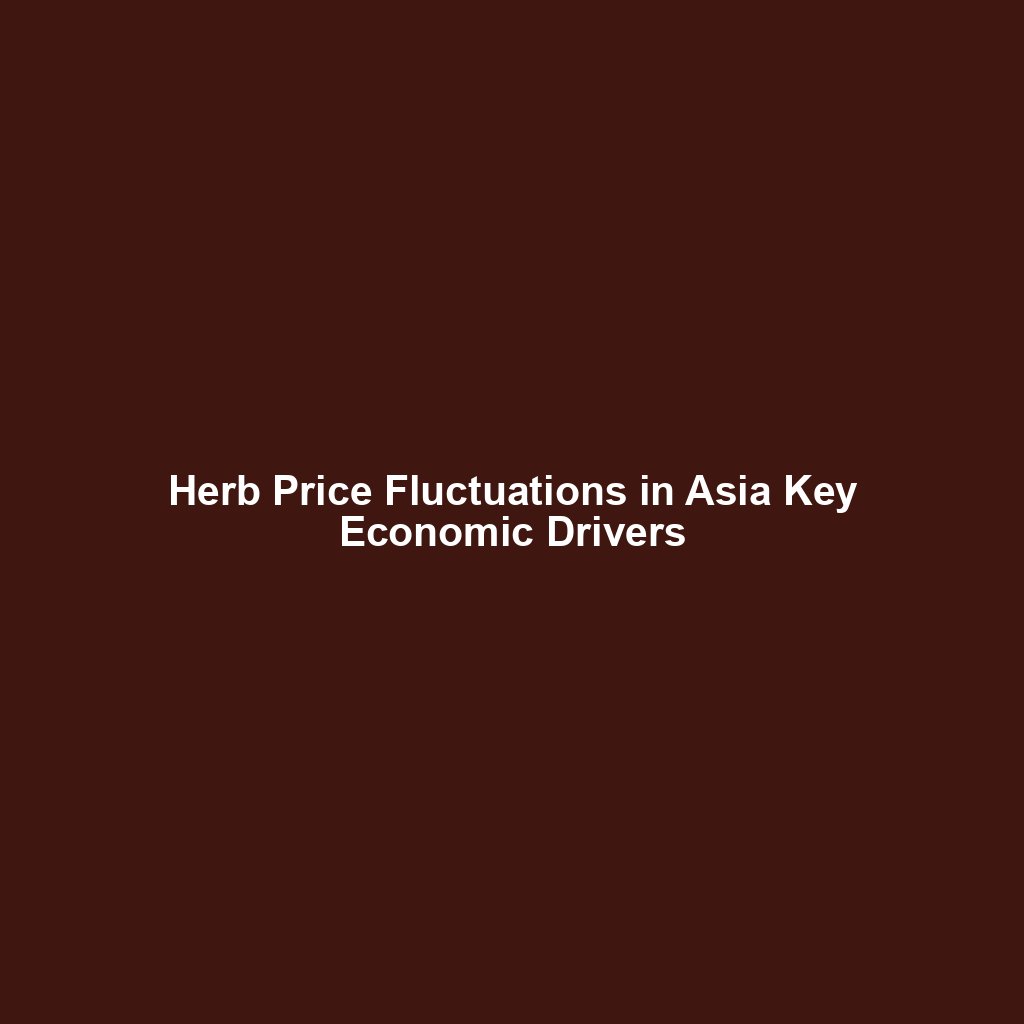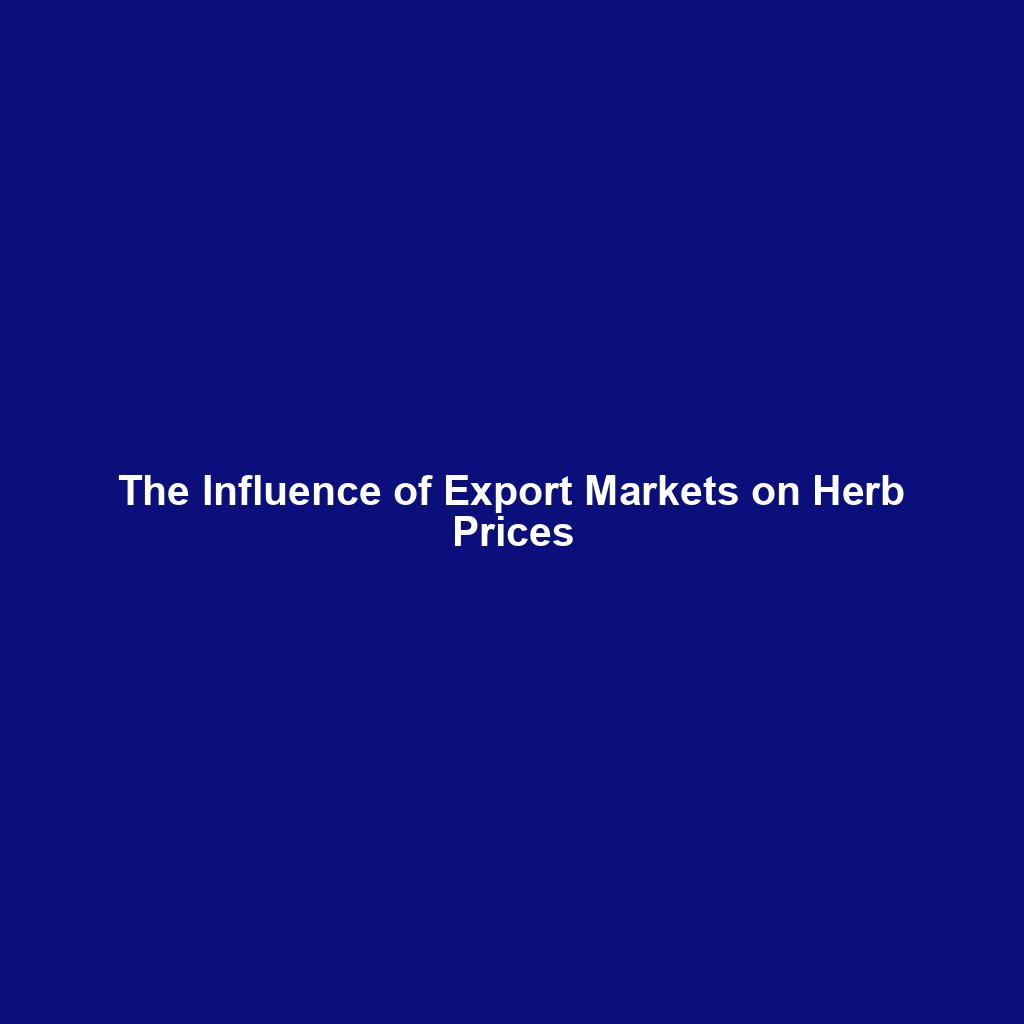
Agriculture and agricultural price analysis are crucial components of the global economy, influencing food security, trade, and the livelihoods of millions of people worldwide. As the backbone of many economies, agriculture not only provides essential food and raw materials but also plays a significant role in shaping cultural and social structures. Understanding the dynamics of agricultural prices is vital for policymakers, farmers, and businesses to make informed decisions and ensure sustainable development. This article delves into the intricacies of agriculture and agricultural price analysis, exploring the factors that influence prices, the methodologies used for analysis, and the implications for various stakeholders.
Chapter 1: The Dynamics of Agricultural Prices
Understanding Agricultural Markets
Agricultural markets are complex systems influenced by a myriad of factors, including weather conditions, technological advancements, government policies, and global trade dynamics. These markets are characterized by their volatility, as prices can fluctuate significantly due to changes in supply and demand. Understanding the dynamics of agricultural prices requires a comprehensive analysis of these factors and their interplay.
One of the primary drivers of agricultural prices is the supply-demand balance. When supply exceeds demand, prices tend to fall, and conversely, when demand outstrips supply, prices rise. This balance is influenced by various factors, such as crop yields, which are affected by weather conditions, pest infestations, and technological advancements in farming practices. Additionally, consumer preferences and population growth play a significant role in shaping demand for agricultural products.
Factors Influencing Agricultural Prices
Several factors influence agricultural prices, making them highly volatile and challenging to predict. Some of the key factors include:
- Weather Conditions: Weather is one of the most significant factors affecting agricultural production. Droughts, floods, and other extreme weather events can lead to crop failures, reducing supply and driving up prices. Conversely, favorable weather conditions can lead to bumper harvests, increasing supply and potentially lowering prices.
- Technological Advancements: Innovations in agricultural technology, such as genetically modified crops, precision farming, and improved irrigation techniques, can enhance productivity and efficiency, affecting supply and prices. These advancements can lead to increased yields and reduced production costs, influencing market dynamics.
- Government Policies: Agricultural policies, including subsidies, tariffs, and trade agreements, can significantly impact prices. For instance, subsidies can lower production costs for farmers, affecting supply and prices. Trade policies can also influence prices by affecting the flow of agricultural goods across borders.
- Global Trade Dynamics: The interconnectedness of global markets means that changes in one region can have ripple effects worldwide. For example, a poor harvest in a major exporting country can lead to increased prices globally. Additionally, currency fluctuations and trade tensions can impact agricultural prices by affecting the cost of imports and exports.
- Consumer Preferences: Changes in consumer preferences, such as a shift towards organic or plant-based products, can influence demand and prices. As consumers become more health-conscious and environmentally aware, the demand for certain agricultural products may increase, affecting market dynamics.
Chapter 2: Methodologies for Agricultural Price Analysis
Quantitative Approaches
Quantitative approaches to agricultural price analysis involve the use of statistical and econometric models to analyze historical data and forecast future price trends. These models can help identify patterns and relationships between different variables, providing valuable insights for decision-makers.
One common quantitative method is time series analysis, which involves examining historical price data to identify trends, cycles, and seasonal patterns. Time series models, such as ARIMA (AutoRegressive Integrated Moving Average) and GARCH (Generalized Autoregressive Conditional Heteroskedasticity), are often used to forecast future prices based on past behavior.
Another approach is regression analysis, which examines the relationship between agricultural prices and various explanatory variables, such as weather conditions, input costs, and government policies. By quantifying these relationships, regression models can help identify the key drivers of price changes and assess their impact on the market.
Qualitative Approaches
Qualitative approaches to agricultural price analysis involve the use of expert judgment, case studies, and scenario analysis to understand market dynamics and forecast future trends. These methods are particularly useful when quantitative data is limited or when analyzing complex, multifaceted issues.
One qualitative method is the Delphi technique, which involves gathering insights from a panel of experts through a series of structured questionnaires. This iterative process helps build consensus on future price trends and the factors influencing them. The Delphi technique is particularly useful for exploring emerging issues and uncertainties in agricultural markets.
Scenario analysis is another qualitative approach that involves developing and analyzing different hypothetical scenarios to assess their potential impact on agricultural prices. By considering various “what-if” scenarios, decision-makers can better understand the range of possible outcomes and develop strategies to mitigate risks and capitalize on opportunities.
Implications for Stakeholders
Understanding agricultural price dynamics and employing effective analysis methodologies have significant implications for various stakeholders, including farmers, policymakers, and businesses.
For farmers, accurate price forecasts can help inform planting decisions, optimize resource allocation, and manage risks. By understanding the factors influencing prices, farmers can make more informed decisions about which crops to plant, when to sell their produce, and how to manage their operations effectively.
Policymakers can use agricultural price analysis to design and implement policies that promote market stability, food security, and sustainable development. By understanding the drivers of price volatility, policymakers can develop targeted interventions, such as strategic reserves, price stabilization mechanisms, and support for research and development, to mitigate risks and enhance market resilience.
Businesses involved in the agricultural supply chain, such as processors, distributors, and retailers, can use price analysis to optimize their operations, manage inventory, and develop pricing strategies. By understanding market dynamics, businesses can better anticipate changes in supply and demand, adjust their sourcing and pricing strategies, and enhance their competitiveness in the market.
In conclusion, agriculture and agricultural price analysis are essential components of the global economy, influencing food security, trade, and the livelihoods of millions of people worldwide. By understanding the dynamics of agricultural prices and employing effective analysis methodologies, stakeholders can make informed decisions, mitigate risks, and capitalize on opportunities, ensuring sustainable development and market resilience.





